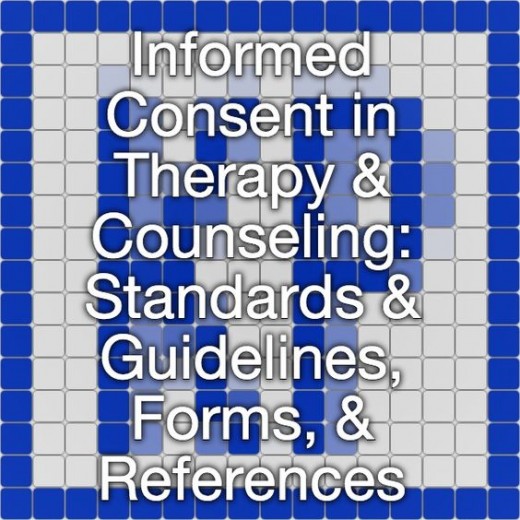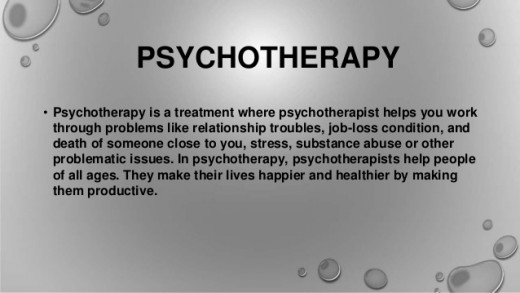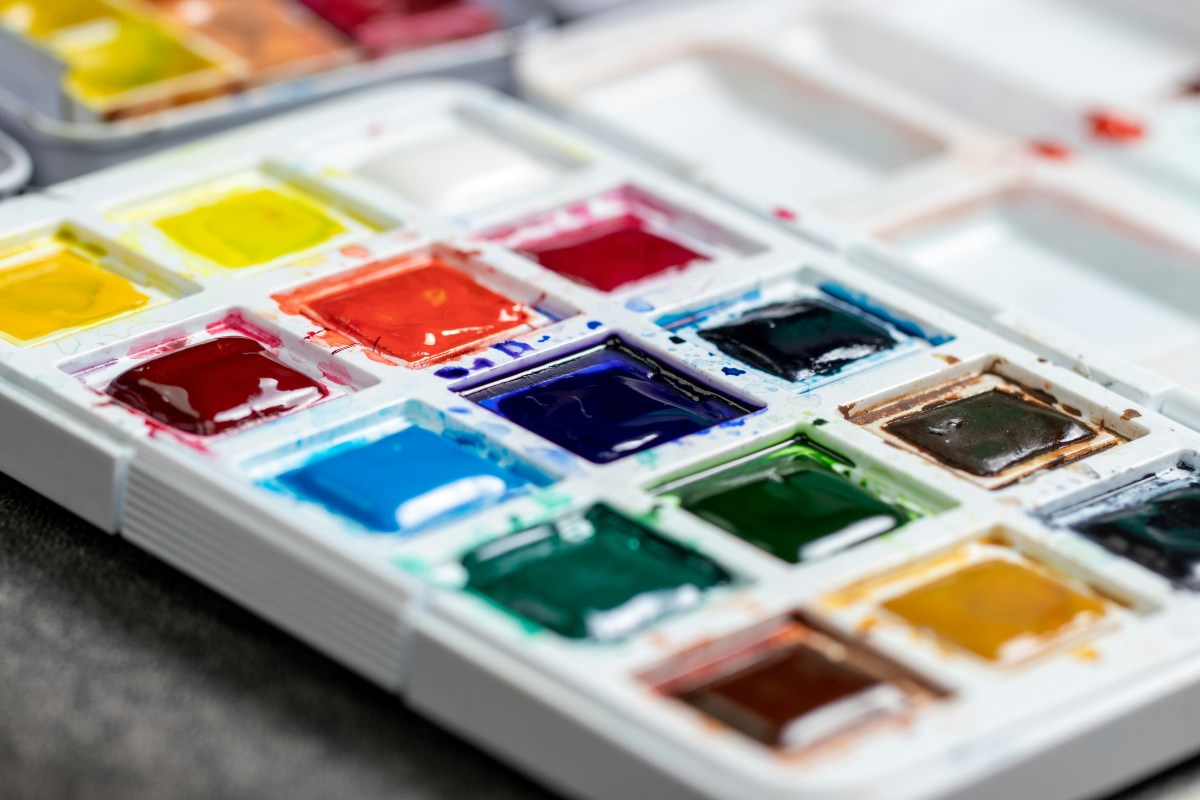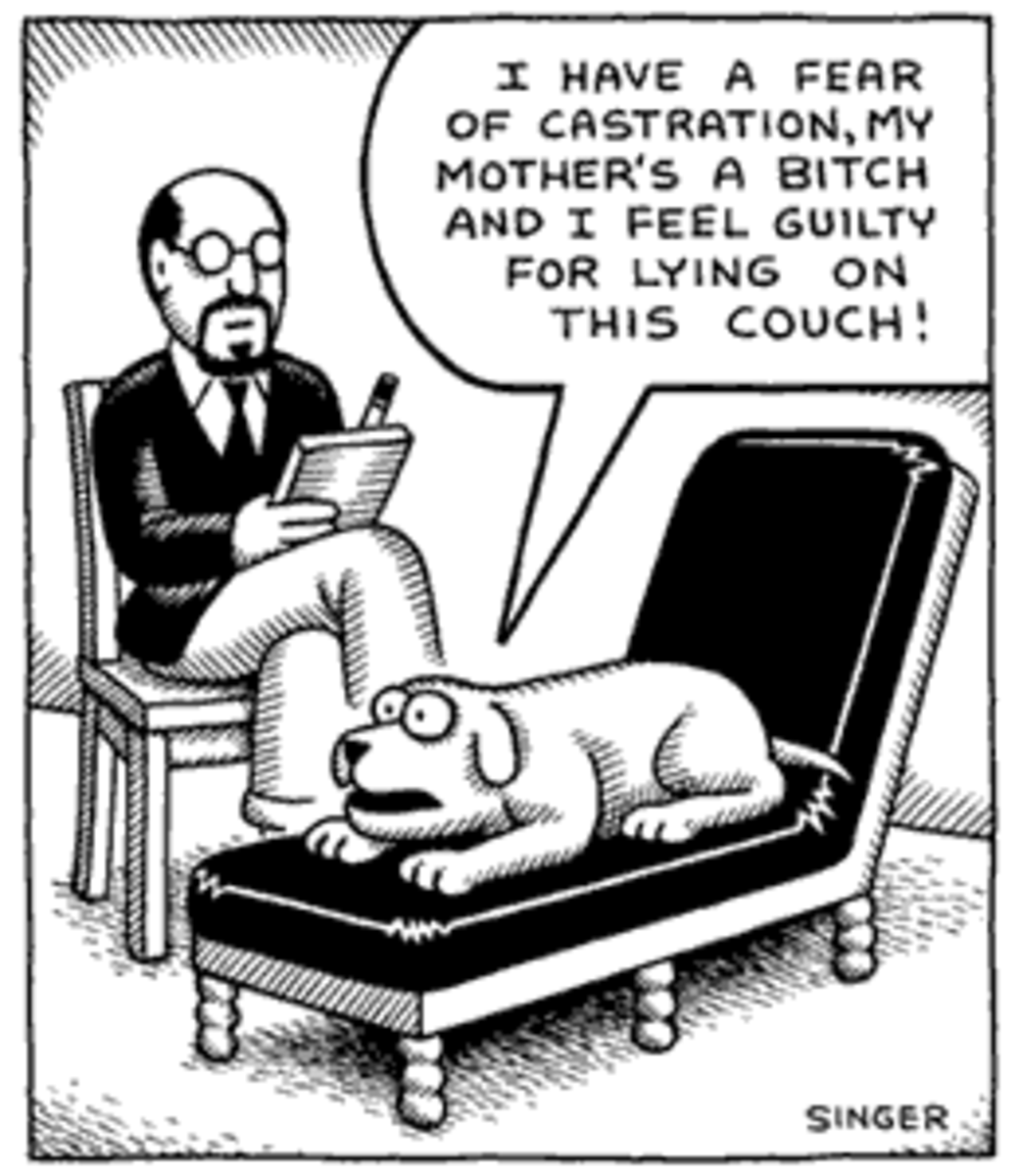Psychotherapy: Advance Counseling
Introduction
Psychotherapy is a way to understand people who are suffering from any mental disorder. Psychotherapists help patients to understand their problems. Therapists use different kinds of psychotherapies to devise an appropriate plan to treat the patients. Different psychotherapies, guide the process of understanding clients and their problems and developing solutions. As understandable, there is ‘no size fits all’ situation. Some people might be having a treatment plan that has just one type of psychotherapy, whereas others treatment plan might include elements of psychotherapies of different types. It totally depends on the treatment needs of a patient.

Four significant counseling techniques that are frequently adopted by psychotherapists are:
• Psychoanalytical Therapy
• Cognitive Behavioral Therapy
• Art therapy
• Play Therapy
There is strong research base confirming the efficacy of the above four therapies. Before delving upon the similarities and differences of these techniques, a short description of the four is required:
Psychoanalytical Therapy - The psychoanalytic theory, asserts that a person's behavior is affected by his or her unconscious mind and past experiences. This approach focuses on changing thoughts, problematic behaviors, and feelings by discovering their insentient motivations and meanings. The psychoanalytically oriented therapies are considered by a close working Corporation between a patient and a therapist. Patients learn much about themselves in the therapeutic relationship by exploring their interactions. It is known as the ‘long-term talking cure.'
Cognitive Behaviour therapy–The argument of this therapy is that a change in any negative emotions is possible by changing negative patterns of behavior. CBT focuses specifically on the problems and difficulties in the present, rather than issues based in the past.
Arts therapy has a basis on the idea that people can help themselves heal through music, dance, art, writing, and other expressive actions. Certain studies have found out that expressive writing can lessen depression symptoms among women who were domestic violence victims and college students at risk for stress.
Play therapy -This psychotherapy is used with children. The therapy involves use games and toys and to help children identify and talk about their feelings and establish contact with a therapist. A therapist can easily better comprehend a child's trouble by watching they play.

Another difference is the time since when the above four therapies are being practiced. Psychoanalytical therapy is being practiced since Freud’s time. In those times, the therapy used to be more intense and it used to continue not only for years but also the number of visits of the client to the therapist was higher. With time these number of visits have come down, but the length of treatment continues because the aim of this therapy is to solve the problem right down to its root level.
The Cognitive Behaviour therapy came into being when the theory and techniques behind both cognitive and behavioral therapies were combined to create an approach that looks at the interaction between our thoughts, feelings, bodily responses, and behavior. The focus was also on how we as individuals think about our lives, and how these thoughts about our lives have an impact on the way we behave. The key difference between CBT & psychoanalytical therapy is that unlike psychoanalytical therapy, CBT focuses on what’s happening in the present, unlike what’s happening in the past. Homework is the central element of CBT and work continues outside of the therapy room, unlike psychoanalytical therapy.
The first and foremost similarity between all these therapies are that as demonstrated by research the effectiveness of all has been proved. All the four therapies being discussed here is collaborative in nature. Both the therapists as well as the patients have to work together to achieve the goals.
The length of psychoanalytic psychotherapy lasts for at least a year. It is the opposite of a goal-oriented modality (cognitive behavior therapy, play therapy, and art therapy). Psychoanalytic psychotherapy involves the use of free association as the cornerstone of the treatment. Clients are asked to say whatever is on their mind on any particular day. This serves some purposes. First, it promotes spontaneity. Many people have become overly defensive and distrustful, due to experiences they encountered growing up, and for them, spontaneity begins the growth process and builds trust between the psychotherapist and the client.
Work can also continue outside the therapy room in the art and play therapy, but this is not the case with the psychoanalytical therapy. Due to the length of the psychoanalytical therapy, the other three therapies are more affordable. In psychoanalytic therapy, since the client is dependent mostly on the therapist to take the treatment forward, it is in a way lesser empowering than the CBT, play therapy & Art therapy as teaching practical techniques make it possible to use even when these therapies have concluded. Another angle attached to this is that the therapy requires a lot of hard work and dedication on the part of the patients as they need to be practicing the learned skills even after the sessions when the therapist is not available for support. Psychoanalytical Therapy is lesser structured than the other three.

The similarity between art and play therapy is that they are particularly used to cure distressed children. Both these therapies can address issues like low self-esteem, excessive anger, behavior that interferes with making friends, problems with eating, sleeping, excessive shyness, difficulty in adjusting to family changes in children. They also help in the healing divorce of parents, illness or injury of a family member, disasters such as fire, accidents or flooding, hospitalization, physical, emotional or sexual abuse, the death of a close family member, witness to abuse of other children, etc.
All these therapies encourage free expression, and the benefits can increase over time. However, psychoanalytic therapy discusses personal histories (events of childhood, etc.) that other therapies do not delve. Also, it lacks objectivity as it requires interpretation from the therapist.
Art therapy is different from the three therapies being discussed here in the sense that it is an unusual approach to finding answers. Unlike the three therapies, it provides an environment where words are not required to be used to express how one feels. Instead, art materials are made use of to show what it feels like being in a situation. Using art materials stimulates the senses and thus bridges the gap between the practical, everyday persona and the unconscious part of the Self that contains relevant memories, important beliefs, and creative ideas.

Children
Very small children suffering from, trauma can also benefit from this therapy just like play therapy as unlike the requirement in psychoanalysis therapy and CBT, having a good vocabulary is not a prerequisite. Art therapy can help in understanding what the child wishes to happen. The child can give a clue to the satisfying ending of their problem like pictures of sun and rainbow, a picture of a rescuer or the picture of a bad guy in jail, etc. It has been pointed out by Gil (1994) that both Art as well as Play Therapy can be conducted on children and parents together and in fact increases the bonding in the parent-child relationship by making way for enhanced communication, understanding, and emotional relatedness. It is believed by some therapists that both art and play based therapies help in unlocking a deeper level of communication if it is done in a family setting than any other therapy in the family setting.
As per Singer (1996), both art and play therapies are suitable for children and youngsters as children enjoy games, drawings, and using puppets and therefore they will feel comfortable with play based approach. Most kids communicate through play; they are also able to express themselves more easily than traditional talk therapies. Since play and art activity are active in nature, children’s attention is more likely to be captivated and sustained for the duration of the session. Both arts, as well as play therapy, help children in developing affective, cognitive, sensory-motor skills.

Adults
While psychoanalytic and CBT, is administered in older adults, art and play therapy work with people of all ages and instead of just being practiced on individuals, they can also be managed in couples, groups, families, groups, and communities. “One of the major differences between the art therapy & play therapy and other forms of communication is that most other forms of communication elicit the use of words or language as a means of communication. Often, humans are incapable of expressing themselves within this limited range” (ABCT, 2015). Art therapists are trained to pick up on nonverbal symbols and metaphors that are often expressed through art and the creative process, concepts that are usually difficult to express with words. It is through this process that the individual begins to see the effects of art therapy and the discoveries that can be made. This art gives the best way to release stress after a long work week. Both art and play therapies are nonintrusive methods.

To summarize all the four treatments discussed here – Psychoanalytic, CBT, Art Therapy & Play therapy are similar to each other in some aspects and different to each other in many ways. Talking about similarity Psychoanalytical Therapy and CBT has a lot more similarity between them. In the same manner, Art therapy and play therapy are more similar in approach when a comparison is done between all the four therapies. However, there are differences as well. CBT is relatively briefer in time limit than psychoanalytical therapy. Homework is a central element in CBT, and it is highly instructional in nature. Psychoanalytic is structured without much homework assignment. In CBT, therapist sets the agenda based on mutually set goals whereas in the psychoanalytic therapy, generally, the client does so.
Just like art and play therapy, CBT concentrates on here and now only and not a person’s history, whereas the focus of psychoanalytic therapy is to here and now as well as the history of a person. In none of the three therapies – CBT, play as well as art therapy, the relationship with the therapist is central as the psychoanalytic therapy.

conclusion
To conclude, all the above four therapies have their features and characteristics. It is very difficult to judge which therapy is the best one because each therapy has a significant role to play and seem to be the best one taking into consideration the specific problems that can be sorted out by these. Taking into specific characteristics of each therapy, a combination of them can play wonders in some difficult cases.








